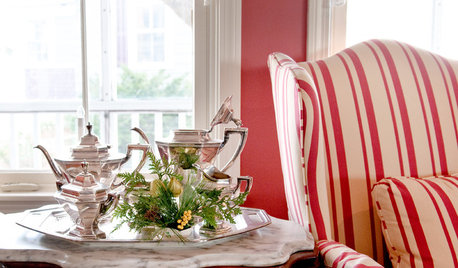Cucumber dilemma
ltilton
10 years ago
Related Stories

FARM YOUR YARDHow to Grow Vegetables in Containers
Get glorious vegetables and fruits on your patio with a pro’s guidance — including his personal recipe for potting mix
Full Story
EDIBLE GARDENSHow to Grow Your Own Sweet Summer Crops
This guide will help any gardener get started on growing the freshest warm-season veggies and berries for summer
Full Story
LIFESimple Pleasures: Indulging in Teatime
Get out the china cups and cream-slathered scones. Tea with treats can make even an uneventful day feel extravagant
Full Story
FARM YOUR YARD9 Ways to Change Up Your Vegetable Garden for the Coming Season
Try something new for edible plantings that are more productive than ever
Full Story
DECLUTTERINGDownsizing Help: Choosing What Furniture to Leave Behind
What to take, what to buy, how to make your favorite furniture fit ... get some answers from a homeowner who scaled way down
Full Story







dog_wood_2010
ltiltonOriginal Author
Related Professionals
Belmont Landscape Architects & Landscape Designers · Canton Landscape Contractors · Medford Landscape Contractors · Concord Landscape Contractors · Desert Hot Springs Landscape Contractors · Lantana Landscape Contractors · Medford Landscape Contractors · Melrose Park Landscape Contractors · North Lauderdale Landscape Contractors · Pahrump Landscape Contractors · Plantation Landscape Contractors · Braintree Driveway Installation & Maintenance · Cincinnati Driveway Installation & Maintenance · Conroe Driveway Installation & Maintenance · Fort Myers Driveway Installation & Maintenancedog_wood_2010
lelia
ltiltonOriginal Author
daninthedirt (USDA 9a, HZ9, CentTX, Sunset z30, Cfa)
dog_wood_2010
laceyvail 6A, WV
ltiltonOriginal Author